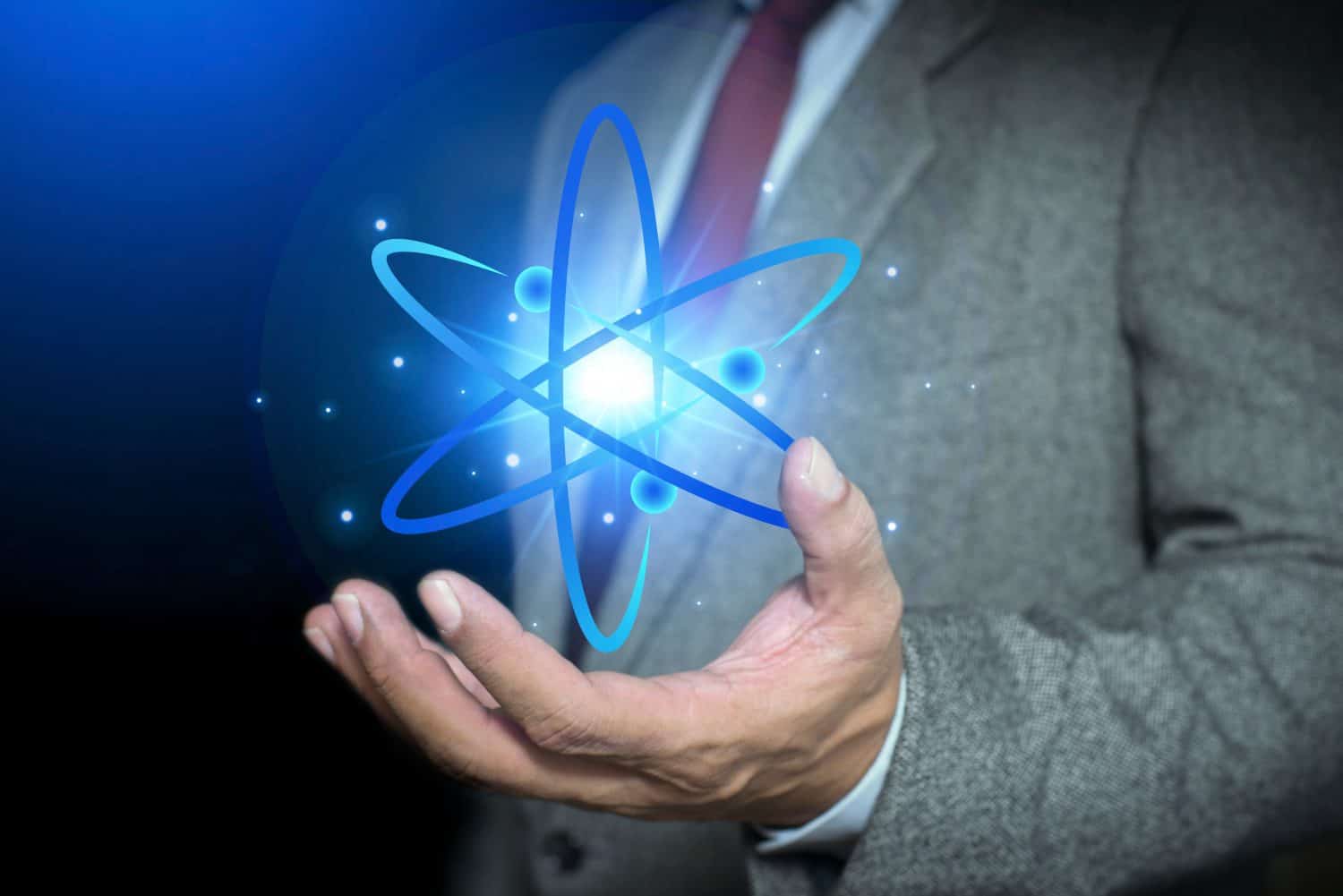
"Nuclear power has surged back into the spotlight in 2025 as a cornerstone of the global clean energy transition. Driven by soaring energy demands from artificial intelligence (AI) data centers and electrification, governments and corporations are increasingly turning to nuclear energy for its low-carbon, reliable baseload power."
"President Trump's May executive orders aim to accelerate nuclear deployment by streamlining regulations, reducing Nuclear Regulatory Commission (NRC) staffing, and encouraging reactor construction on federal lands. These orders signal a robust commitment to reviving domestic nuclear capabilities without direct public funding."
"The World Bank's reversal in June of its decade-plus-long ban on nuclear project financing marks a pivotal shift as it enables advanced nuclear projects in developing nations. This renewed support is critical for advancing nuclear energy viability and infrastructure across global markets."
"Fusion got a major boost after Google signed a landmark agreement with Bill Gates-backed Commonwealth Fusion Systems. However, fusion remains years from commercial viability, leaving fission as the immediate solution and underscoring its potential for future growth."
Nuclear power is gaining traction in 2025 amid rising energy demands from AI and electrification. Trump's executive orders aim to streamline nuclear regulations and promote reactor construction. The World Bank has lifted its ban on nuclear financing, supporting future projects. A notable agreement between Google and Commonwealth Fusion Systems highlights advances in fusion energy, despite long-term feasibility concerns. Smaller nuclear firms face challenges with the DOE's selections for DOME tests, yet innovative companies show potential for investment. The focus remains on fission as a reliable and immediate power source during this energy transition.
Read at 247wallst.com
Unable to calculate read time
Collection
[
|
...
]